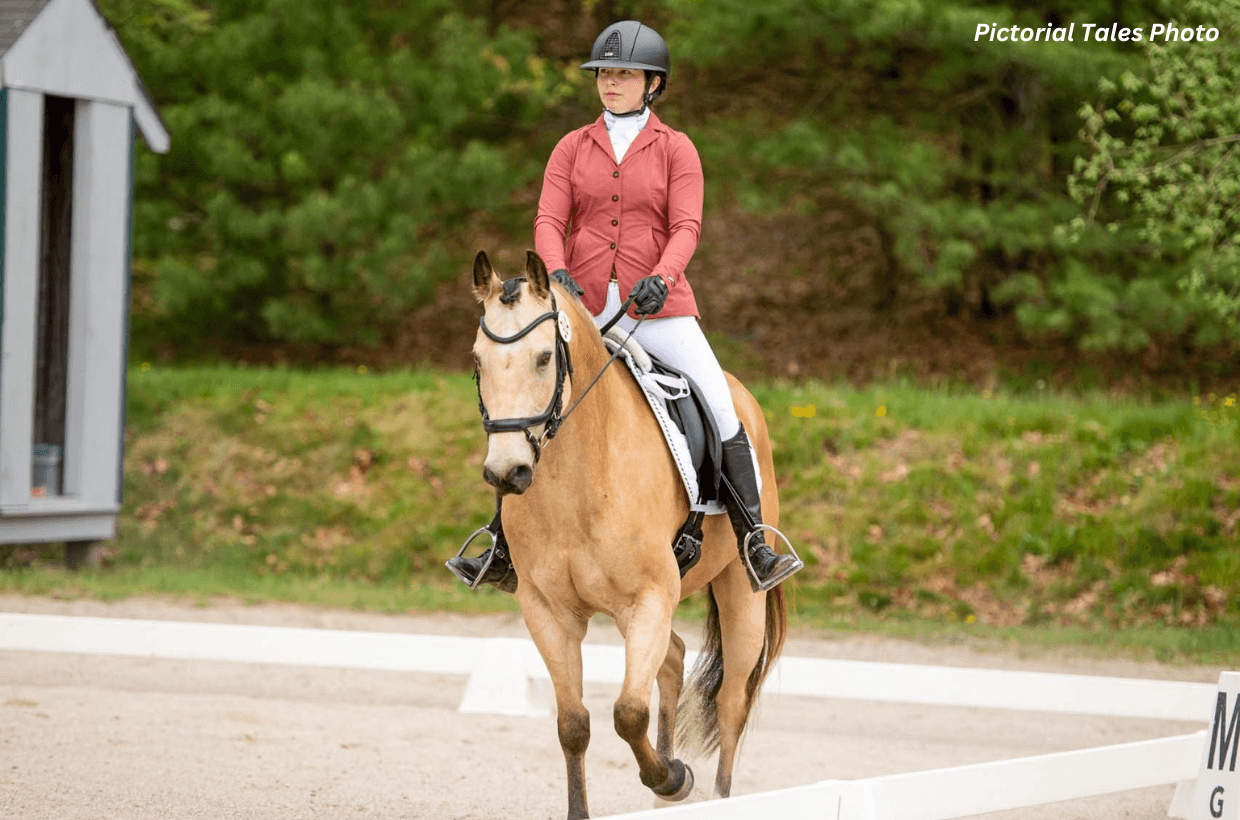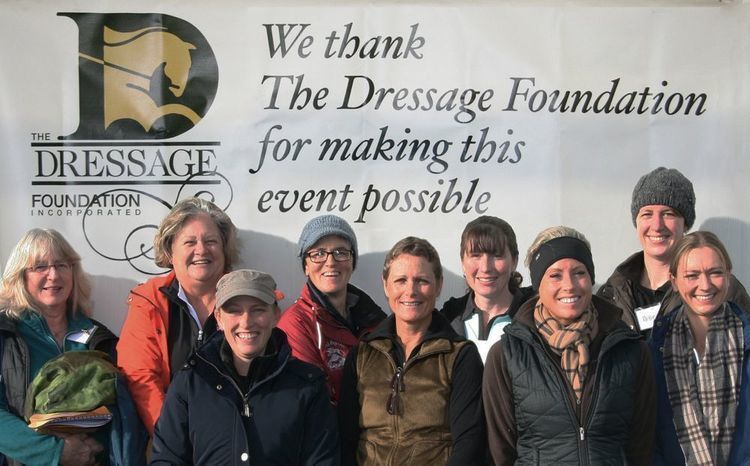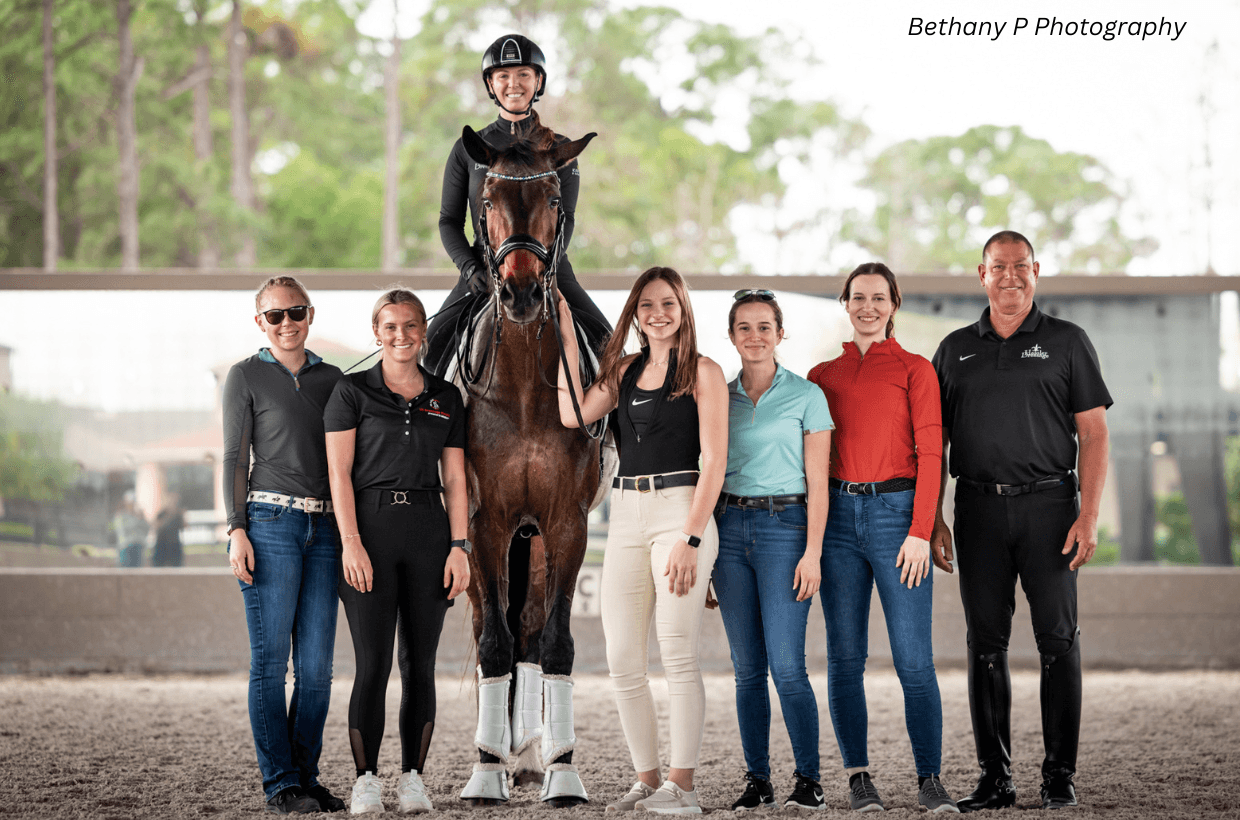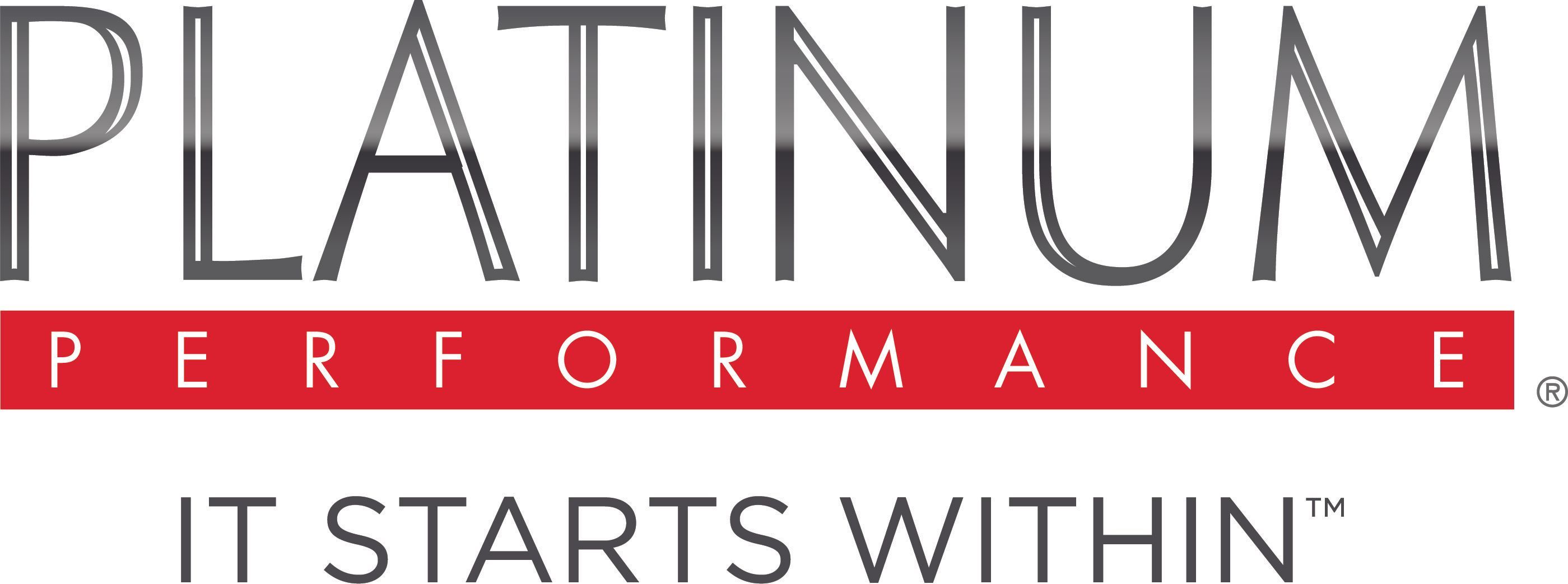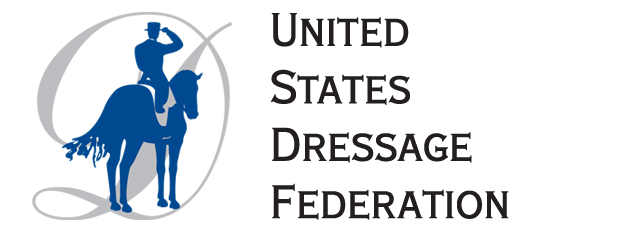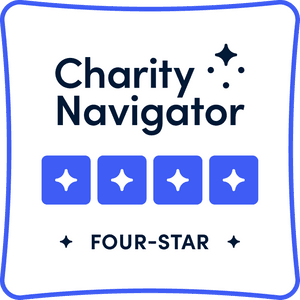2020 Karen Skvarla Fund Grant Recipient: Eleanor Millerschin (MI)
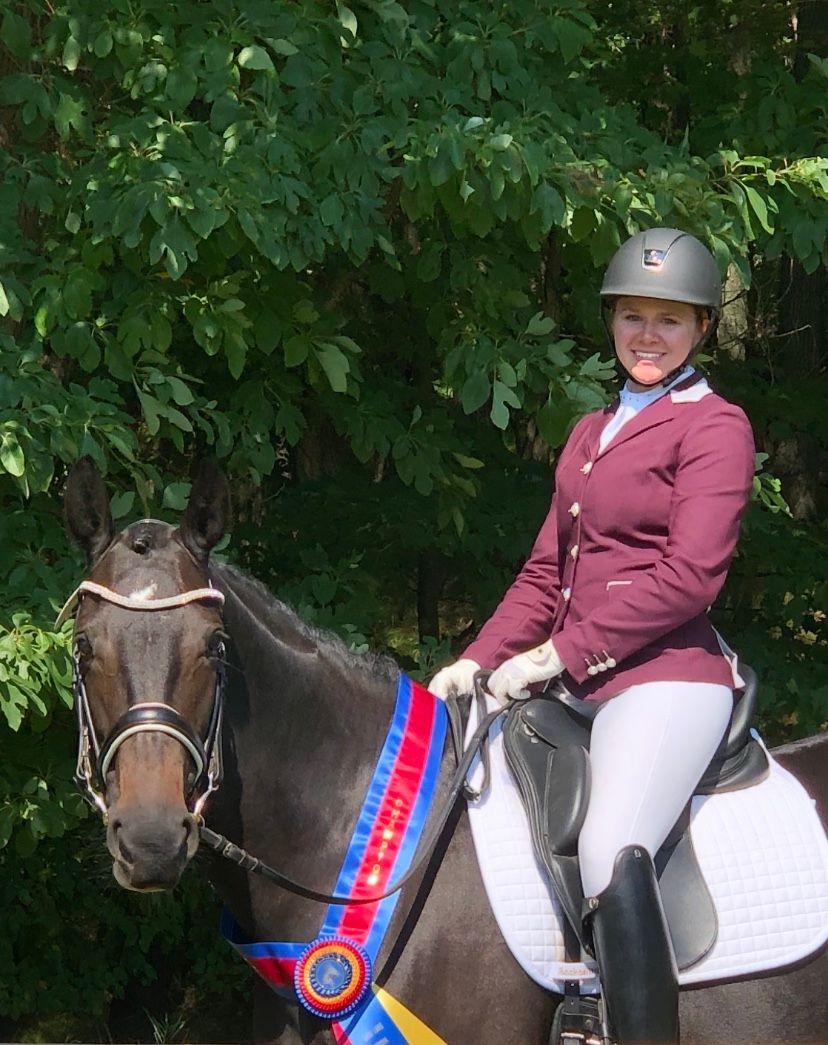
I used my $1,000 Karen Skvarla Fund Grant for Young Professionals to have virtual lessons with Lauren Sprieser and a clinic with Rebecca Stromatt. I was so fortunate to have had these opportunities to continue lessons and my education during a time of social distancing. My virtual lessons helped keep me on track and working towards my goals during a very abnormal year, and as a result, my mare has been able to work towards collection, especially at the canter. We also began work on her flying lead changes. Not only was I able to improve my knowledge of horses and riding, but I was able to network and get to know Lauren much better and learn about her program and horse management practices. I have really upped my expectations for my own management and expectations for my horses and riders after this exposure and am so grateful to have gotten this opportunity.
In my initial lessons, we had to work on strengthening the canter to better prepare for introducing changes. This particular horse finds lateral movements very easy but has always struggled more with collection, so that ended up the focus of our lessons. We used warm-up exercises that utilize lateral movements to help work towards that end. We found constant changes of bend in the warm-up was very helpful for her to get her swinging more in her body.
There were two specific exercises that were very useful when struggling with balance in the canter early in the ride:
1) In trot, turn up centerline, leg-yield to the wall, 10-meter circle once at the wall, and finish the long side in shoulder-in.
2) In trot, shoulder-in on the second track, transition to walk still in shoulder-in, half turn on the haunches, haunches-in along the second track or quarterline, transition back to trot within the haunches-in down the long side. Before the short side, transition to walk within the haunches in, half turn on the haunches to shoulder-in, transition to trot in the shoulder-in, and repeat.
This was useful in getting her more on the outside rein and ensuring she would pay attention and turn from it.
After the warm-up, we utilized exercises with canter 10-meter circles and transitions.
Example – Ask for a 10-meter circle and then do a downward transition to walk as you approach the wall at the end of the circle.
This helped my mare to stay a little more over her haunches in the canter and canter-walk transition.
She then started to get a bit too abrupt in the canter-walk transitions, so as the lessons progressed, we did quicker transitions between the gaits. An example is 5 steps trot, 5 strides canter and ultimately worked on three strides canter, a few steps of a turn on the haunches back to canter and repeat. This helped remind her to stay over her hind end in both the upwards and downwards in the canter and made her a bit lighter in front.
As she got stronger and more balanced and could start work with the changes, we found that leg yielding assisted her most in being balanced in the preparation and not running/jumping into the change.
The exercise we utilized most was: 1/2 10 meter circle, leg yield from the outside leg, and ask for the change.
Beyond general exercises I can work on with students, I learned how to be much more creative with my movements and figures, stringing them together (like in the leg-yield, 10m, shoulder-in or in shoulder-in), and keeping both the horses and riders thinking while riding. Combining exercises in a challenging but doable way not only can get the horses more honest to the aids but also get the riders thinking more about where their horse is physically weak or blocked. Then we can figure out what exercises can be used to make the horse more honest.
I not only teach dressage riders, but also coach jumpers in their flatwork and dressage basics. Some of the less advanced jumpers (both horses and riders) can be limited in their balance and knowledge of lateral movements, and I was able to observe ways to keep them busy and learning without giving them exercises or movements that were too advanced.
Observing other clinic rides and lessons enabled me to better develop my eye toward where problems were originating from, not just addressing the problem. Many of the jump horses tend to lack suppleness in their bodies but have many different causes. Being able to see what problems are derived from the rider’s incorrect use of aids or balance or the horse’s balance or weakness somewhere has completely transformed my way of teaching. My horses and riders are much better for it. "Dressage night" at the jump farm has taken off with over 10 students participating in lessons, many of whom are juniors. I am so excited to be spreading an enjoyment for dressage, especially to younger riders.

